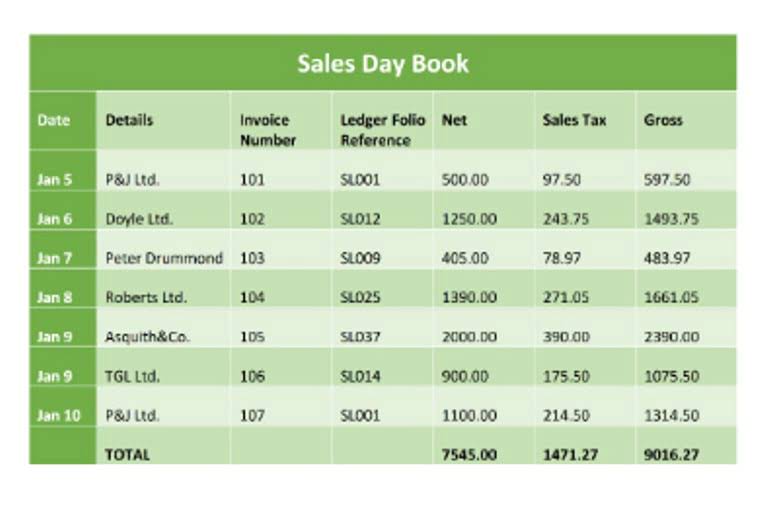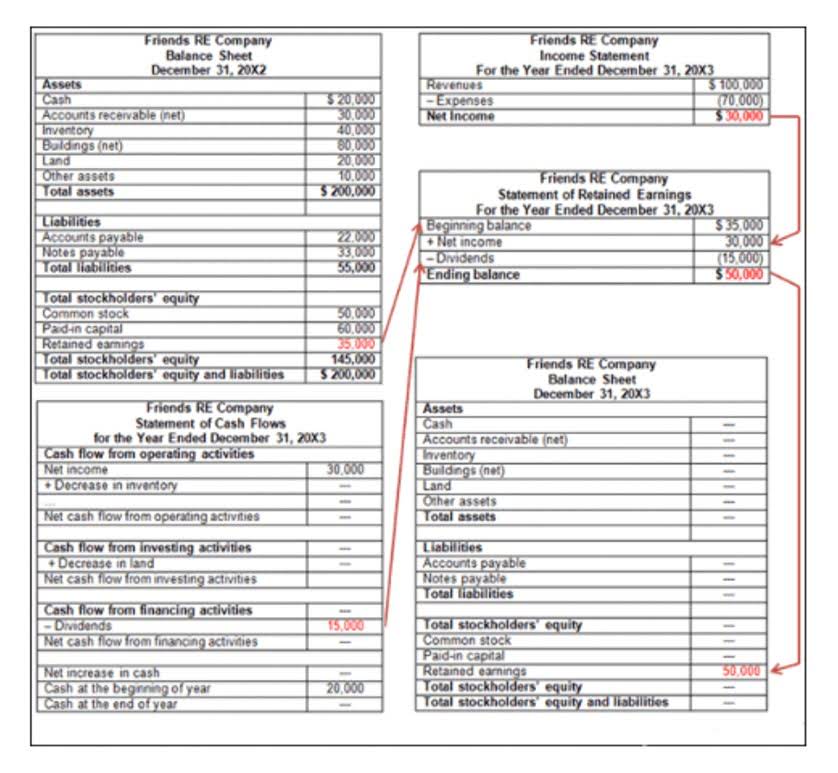
With BILL, you can enjoy better accuracy, automated invoice verification against purchase orders, and on-time payments without the added administrative work. This typically means segregating duties where possible, with separate people in charge of approving and scheduling the disbursements. Strategically managing disbursements and properly recording them in the general ledger isn’t always straightforward. Let’s say they already have a loan repayment to make this week and employee payday on Friday.
What is a Disbursement Fee?
Integral to the double-entry accounting system, it acts as a detailed ledger specifically for recording cash-based expenditures. A disbursement is an act of paying out money – especially from a public or dedicated fund. It often refers to the payment made for a client to a third party, as reimbursement will be sought from the client subsequently.
Why Does Tracking Disbursements Matter?

Digital disbursals epitomize the electronic movement of funds conducted solely through digital platforms and channels. Disbursals encompass various payment types, including employee salaries, vendor payments, tax refunds, or grants, reflecting diverse fund allocations across industries and sectors. They span diverse scenarios, from business expenses to loan distributions, scholarships, and government allocations, signifying the movement of funds from a source to intended recipients. Essentially, a disbursement involves the actual transfer or payment of funds, whereas a drawdown is about accessing allocated funds, which may or may not be instantly utilized or disbursed.
- Analyzing your disbursements is essential when determining your organization’s spending levels to manage your cash flow.
- In comparison, reimbursement refers to the actual payment to cover the original disbursement.
- It’s a general concept that can describe various types of cash outflows for both business and personal use.
- Loan servicers and schools notify students of the disbursement in writing, including the loan amount and the expected date of disbursement.
- Also known as remote disbursement, delayed disbursement deliberately drags out the payment process by issuing a check from a bank located in a remote region.
Disbursement Check
It also allows an organization to meet audit requirements, recognize fraud, and plan for the future. Cash disbursements or cash payments are usually made at specific intervals, like quarterly or yearly. The business’s cash flow is used to resolve responsibilities like interest payments, operating expenses, and accounts receivables.
The impact of disbursements

This technique can be compared with delayed disbursement, which also aims to leave money in accounts for as long as possible. In the following section, we’ll share which businesses commonly benefit from a controlled disbursement account. Plus, we’ll take a look at an alternative method to capture higher interest that is more common when it comes to small and medium-size businesses. A disbursement represents a cash outflow, where the payment activity results in a reduction of the available cash balance in a checking account. This reduction can be delayed a few days due to mail float, if the disbursement is mailed to the recipient.
The Difference Between Disbursements and Expenses

Disbursement denotes the action of releasing or distributing funds, usually from a specific account or fund, to fulfill different financial obligations or purposes. The Federal Disbursement Services provides payment services for more than 250+ federal agencies. Your federal income tax refunds; Social Security benefits; Supplemental Security income; Railroad Retirement Board benefits; veteran’s pay, pension, and education benefits all come from the Federal Disbursement Services. Payments to federal workers, vendors, and grantees also come from the Federal Disbursement Services. In comparison, reimbursement refers to the actual payment to cover the original disbursement.
What is the Difference Between Disbursement vs. Reimbursement?
For a business, recording all disbursements is a crucial method of keeping tabs on expenditures. A positive disbursement results in a credit to an account, while a negative disbursement results in an account debit. A negative disbursement may occur if financial aid funds are overpaid and later withdrawn from the student’s account. The most common forms that a disbursement may take are with cash, a check, an automated clearing house electronic transfer, a debit card, and a wire transfer. Disbursements could be made using some other store of value, such as with a trade or swap, but this is difficult to achieve and so represents a tiny proportion of all disbursement transactions. As we laid out above, electronic payments and wire transfers can be a more favorable way to make disbursements than using paper checks.
An individual may not get much from this as they may only have a small amount in their account to earn interest. But for a multi-national corporation, the advantage is huge, with substantial amounts of money accumulating significant interest, even for a day or two. But, if you want a 100% personalized account opening service that taps into our team’s expertise and provides direct banker introductions, you can get started with GlobalBanks Insider. Streamline disbursements to vendors today with BILL’s automated AP solution.
It aids in effortless expense tracking and reconciliation while acting as a valuable reference for financial reporting, budgetary assessments, and audit reviews. Delayed disbursement is a deliberate financial strategy office disbursement account used by organizations to handle finances effectively, manage cash flow, and negotiate favorable terms. Disbursement journals and ledgers serve as comprehensive records of the outflow of funds from the business.

Controlled Disbursement Account [Business Banking 101]
- Differentiating a cash disbursement from other disbursements helps you better manage your cash flow.
- For example, when a law firm pays for billable expenses on behalf of a client that will later be reimbursed to them, those payments are considered disbursements.
- With BILL, you can enjoy better accuracy, automated invoice verification against purchase orders, and on-time payments without the added administrative work.
- This includes the delayed payment of obligations through a controlled disbursement account in order to increase interest return on a money market account or other deposit accounts.
- This is especially true if you have an account in jurisdictions that offer flexible deposit accounts and high interest.
In particular, they have expertise in banking for foreigners, non-residents, and both foreign and offshore companies. You can access GlobalBanks IQ, our international banking intelligence platform, in just a few clicks. Unlock our bank database, individual bank profiles, account opening strategies and reports, banker scripts, and more. Alternatively, many small and medium size business owners choose to use a laddering strategy. This involved using a series of fixed (or certificates of) deposits of varying maturity. This ensures accessing the short and medium-term cash while also capturing interest that would otherwise be lost.
